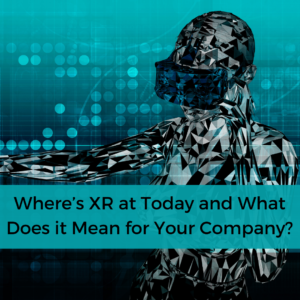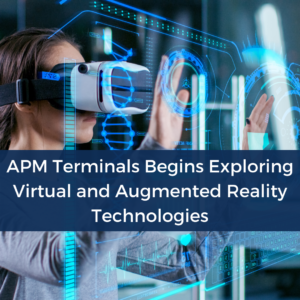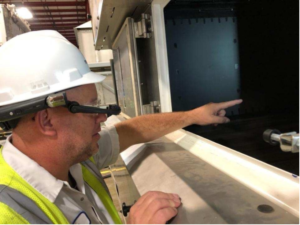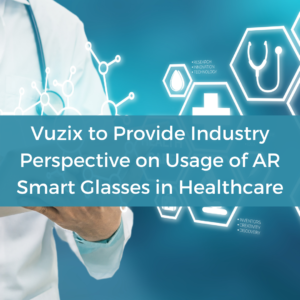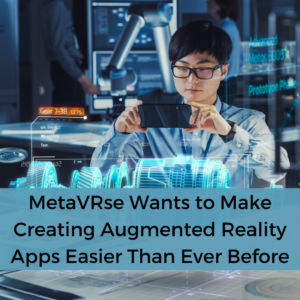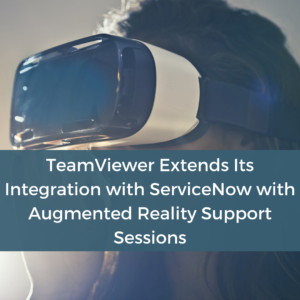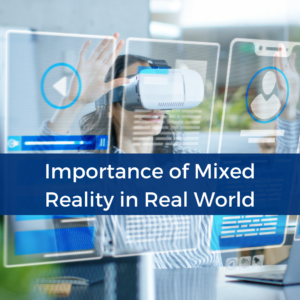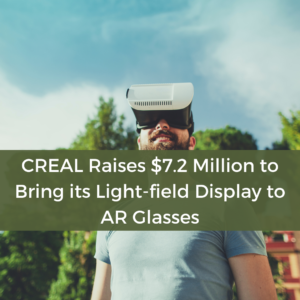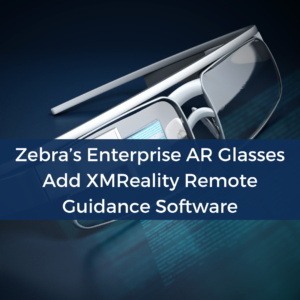Augmented Reality Gets to Work
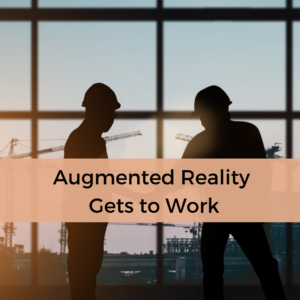
One use case of AR discussed in the article is Swiss equipment manufacturer Bühler Group’s use of Schneider Electric’s ExoStruxure Augmented Operator Advisor (AOA). This enables operator access to information such as safety instructions, checklists, CAD drawings, and manuals, overlaid onto physical equipment using a mobile device’s camera. Human error, repair time, and downtime are all greatly reduced as a result of the technology.
Preston Lockwood, Maintenance Manager at the Lexington facility of Schneider Electric, has said that AOA allows for flexibility, as any operator can complete a task with AR guidance and support.
Safety
The visibility that AR provides in regards to identifying sensors on machinery means that workers are safer, and time is saved. Technicians can see sensors and valves in real time and identify problems without having to “lock out”. This previously involved technicians opening the gate and locking out the machine, which exposed equipment inside, creating a risk. Since AOA provides much more information, the team can go without entering the machine, which is a lot safer.
Leading the Way
Recently, Emerson Automation Solutions launched its Plantweb Optics Augmented Reality, aiding manufacturers with managing critical asset performance. Helping operators to locate assets is particularly useful for new employees or contract workers. Vineesh Kapoor, Product Management Director for Plantweb, explains that the AR application provides a route towards a device, reducing time spent. Additionally, Plantweb Optics AR allows for better, faster decisions, as engineers can access data easily without extra conversations.
Field collaborations are significant in process industries, as AR enables technicians and experts to share a screen a fix assets faster and safer. Engineers can also access instructions and procedures quickly, which experts can overlay onto equipment via the AR app.
Emerson Automation Solutions also provides an ROI calculator to estimate AR payback and how much money is being saved by reducing field trips. Kapoor has further stated that many businesses are bringing in new talent from technical schools who require training. AR and VR enhance this experience, increasing engagement.
The article concludes by reiterating the huge benefit of AR, specifically in regards to saving time. Technicians can call the Plantweb Optics AR app and move through each step of repairing assets a lot quicker than before.
Read the full article here.
